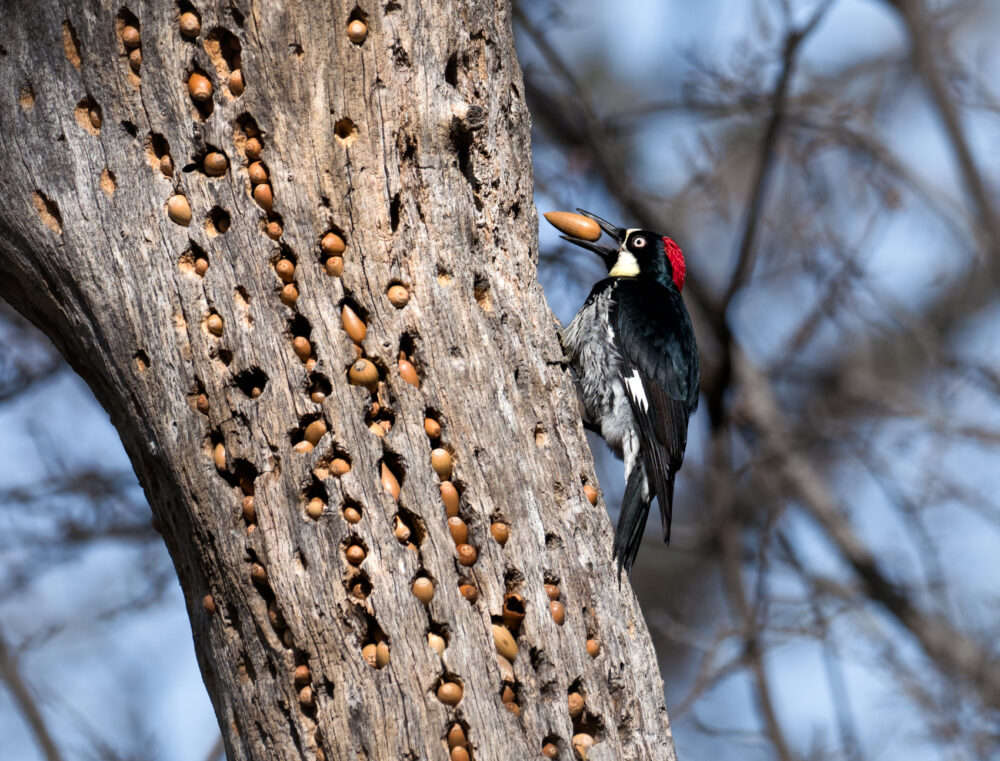We have much more to do and your continued support is needed now more than ever.
Cool Climate Bingo

Addressing the climate crisis can feel like a monumental task with growing challenges like extreme fires and droughts, increasingly severe weather and rising sea levels. But our “cool climate bingo” depicts positive things individuals can do – big and small – to cool our climate while helping wildlife along the way. Save it, print it, share it, and then for extra climate-anxiety relief, read more below about these wildlife-friendly measures that will help us overcome the climate crisis!
Overcoming the climate crisis
Forests and other wooded areas represent perhaps the best opportunity to remove carbon from our atmosphere quickly, reliably, and relatively cheaply. In 2018, U.S. forests sequestered 755 million metric tons of carbon dioxide equivalent, equal to the emissions from nearly 200 coal-fired power plants. And in our cities and communities where the built environment amplifies the effects of climate change, planting native trees along our streets and pollinator gardens in abandoned city lots can help cool local “heat islands” and remove carbon pollution from the air while providing climate-resilient wildlife habitat.
Our nation’s floodplains, wetlands, rivers, and coastal areas provide vital wildlife habitat. When they are healthy and protected, they also serve as the first line of defense against natural disasters that are intensifying from climate change — protecting nearby communities by acting as a sponge during floods, storing water in times of drought, or providing a buffer from rising seas and severe storms.
Forests, street trees, climate-positive gardening, and healthy floodplain and coastal habitats are all examples of natural climate solutions: strategies that support the ability of natural systems to mitigate climate change (enhancing the removal or storage of carbon) while increasing the resilience of human communities and wildlife populations from climate impacts.
Serious efforts to address climate change require investments in clean energy, energy efficiency, and a resilient and modern electric grid — and ensuring that all communities benefit from the growing clean energy economy. Every day we are encouraged to see that wind and solar-generated energy can also be wildlife-safe. And efforts are underway to give companies incentives to locate new clean energy facilities in the places where fossil fuel plants, like carbon-polluting coal plants, are currently located. This will help ensure communities are not left behind by the tremendous economic opportunities that will come with the clean energy buildout.
Finally, please remember: when you choose to use low or no emissions transportation like walking, biking, carpooling, or public transportation — your efforts to have a net-zero carbon footprint matter for chipmunks, butterflies, moose, turtles, and you!
Please take a moment to tell your representatives in Congress to support investments in climate-fighting clean energy and measures to slash carbon pollution.
TAKE ACTION





















